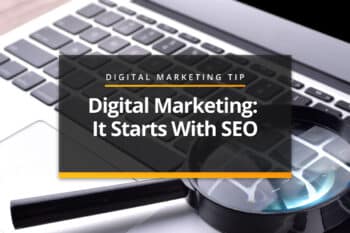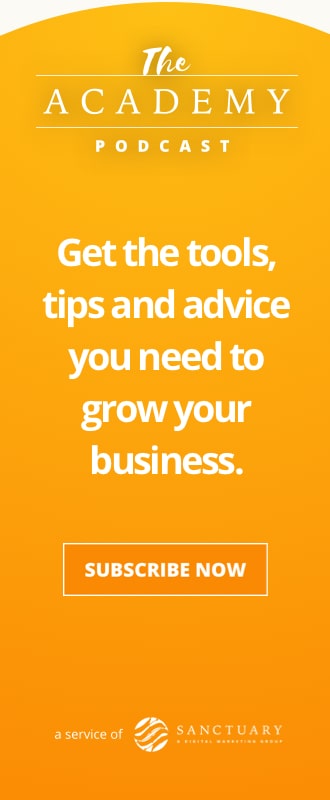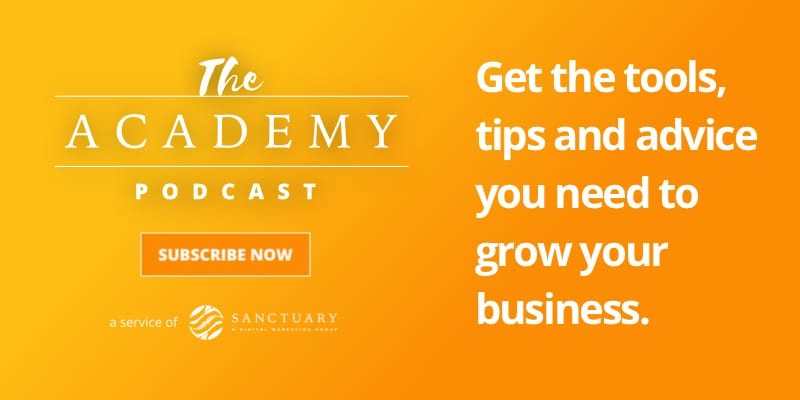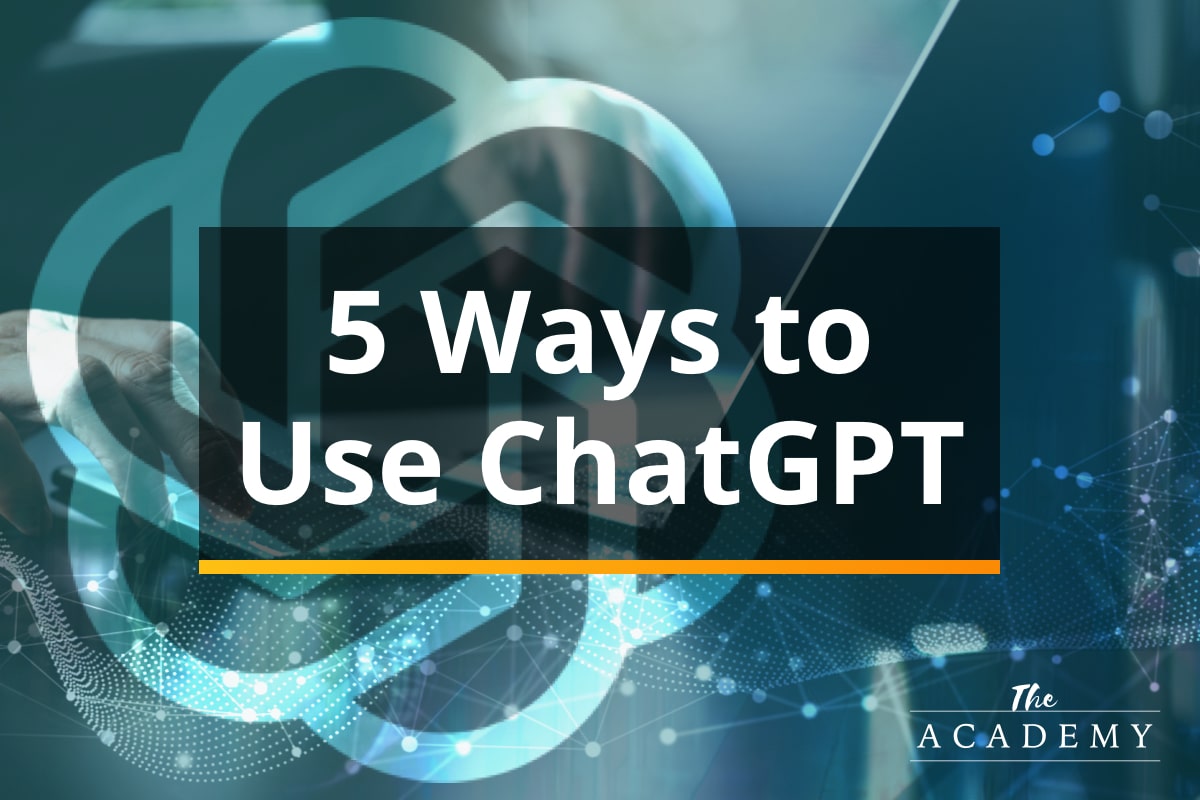
If you aren’t yet using ChatGPT to improve the performance of your digital marketing team, now might be the time to dive in. Some businesses have been hesitant to take the leap with this new technology, insisting instead of remaining stuck with their old systems and techniques. That’s not to say that everything you have done previously should be tossed out, but it would be a mistake to completely ignore what ChatGPT and other AI tools bring to the table.
So, in this article, we’d like to help you get started in the AI world by offering up five different ways in which ChatGPT can help your digital marketing group do its best work. By blending the skills, knowledge, and experience contained within your digital marketing staff with the power of AI and modern technology, you might be able to come away with a process that is powerful, efficient, and ready to take on the market. Let’s get started!
#1 – Speed Up Content Production
Content production is probably the first thing you think about when considering the use of ChatGPT for digital marketing purposes, so we might as well start here. When leveraged properly, it is possible for AI to produce some of your content, or at least for it to help in the content production process. With that said, there are some major caveats to keep in mind here if you are going to go in this direction.
First and foremost, ChatGPT is not the same as a human writer. You can’t expect to feed this tool a prompt and have it spit out an article that is of the same level of quality, and includes the same degree of nuance, as what you would get from an experienced writer. If you think you’ll be able to just copy/paste content out of ChatGPT and right onto your website, you are going to be disappointed in the end with the results you achieve.
With that said, don’t think that you can’t leverage this tool at all for content production, because you certainly can. What many marketers are finding success with is something of a hybrid approach when ChatGPT works together with a human writer to produce quality content more efficiently. For example, when fed a prompt that asks for a detailed article outline on a given topic, this tool tends to perform quite well.
So, rather than investing time developing that outline manually before starting to write, a human writer could rely on ChatGPT to produce a compelling outline that serves as the structure for the article that is to come. This approach can help get the creative juices flowing and avoid that dreaded feeling that all writers know far too well – staring at the blinking cursor on the screen and not knowing what should come next. With the help of AI, the ball can get rolling immediately and great results should be soon to follow.
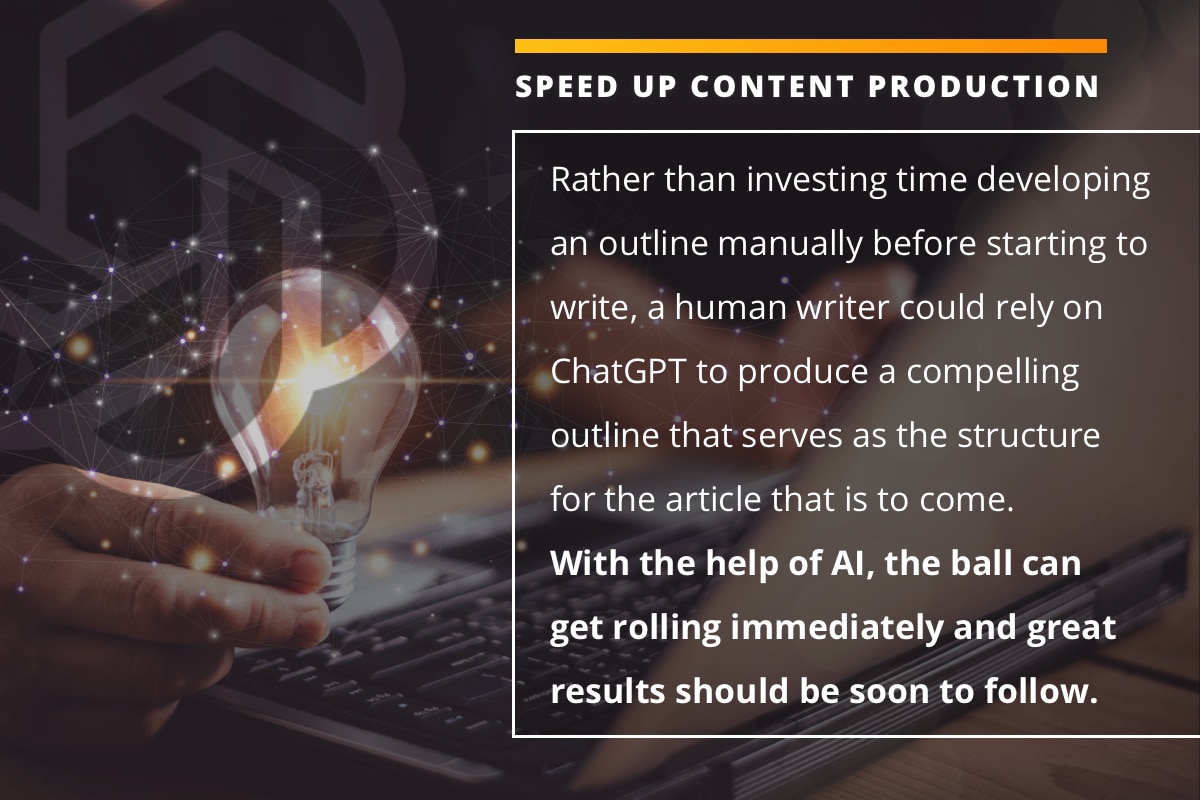
#2 – Solve Problems Quickly
In the digital marketing world, it’s easy to get bogged down by small problems. When you encounter a seemingly minor issue on a project you are working on, the common response is to “Google it” and start looking for solutions. To be sure, this method will present you with a world of information, and your answer is likely found somewhere within the pages that are returned by that search.
But the wealth of information that you are presented by a Google search is a blessing and a curse. Yes, knowledge is valuable, but you could easily waste 15 minutes, 30 minutes, or an hour reading through the various sources to find what you need. Or, even if you find what you need rather quickly, you could just go down a rabbit hole and wind up reading about other things that aren’t relevant. We’ve all been there.
This is where ChatGPT can step in to provide you with a better option. By using this tool to solve problems that are encountered by your digital marketing team, those individuals can avoid the potential for lost time that always comes along with a Google search. Make it a standard procedure in the marketing department to have technical questions put into ChatGPT before they are searched on the web. Using this protocol should save significant amounts of time while usually providing the answer that is needed on the first try.
#3 – Bulk Generation of Ad Headlines and Copy
One of the hardest things for marketing departments to do is to write ad headlines and copy from scratch. Sometimes, the difficulty comes because the people attempting to write the copy are too close to the business – they work inside of it each day and have a hard time stepping out to understand what potential customers or clients would respond to most readily in an ad.
As with content creation, ChatGPT can help here, but only if you know how to use it properly for this purpose. Start by writing a prompt that asks the tool to provide you with a list of ad headlines and copy, and feed it as much information about the business, product, or service that these ads should promote. Using a lot of detail in your prompt to the AI tool goes a long way toward improving the quality of what you get back. It might take a little experimentation with your prompt to get the kinds of results you want to see, but it shouldn’t take long to start to zero in on some useful outputs.
The job is not done at this point, however. You don’t want to simply copy and paste the ads that AI has written into your Google Ads account and call it a day. Instead, you should look at the output like a rough draft, or a first version, of your ad writing process. You will have saved a ton of time by having ChatGPT do this first draft, but now it’s time to review the output, eliminate some of the ads that just don’t work for your needs, and edit or revise the others. Soon enough, you should be left with some ad copy that does fit the bill, and you’ll be ready to put it up live on the web to see how it performs.
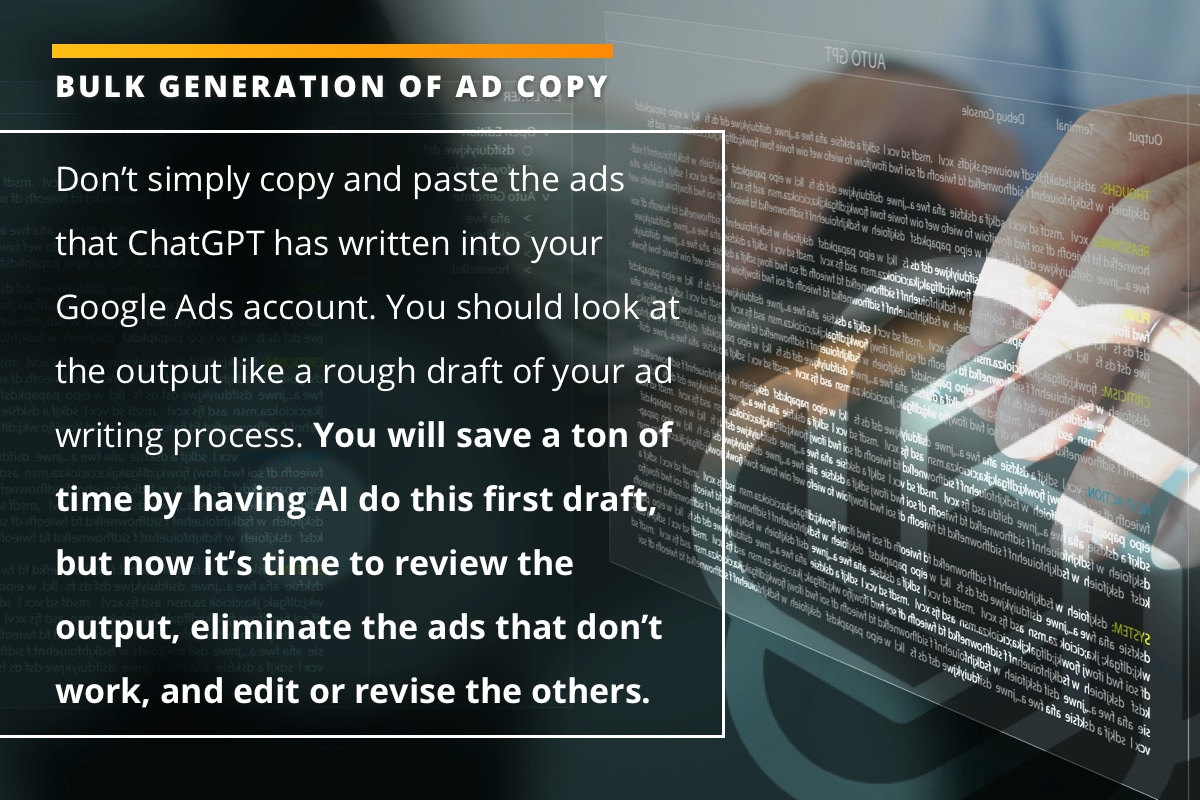
#4 – Do Basic Keyword Research
It’s hard to imagine a digital marketing department that doesn’t use keyword research as a regular part of its process. Knowing what keywords to target, and which ones aren’t worth your time, is an important skill and there are powerful tools available on the web to help you with the research process. Using those tools is fine, but there is a case to be made for using ChatGPT to quickly do some of your high-level research.
For example, imagine that you are thinking about creating a new section of informational content on your website with the goal of drawing organic search traffic. In the early stages of such a project, you just want to take a look at what the main keywords are in that market and start to research how much traffic they get and how hard they are to rank. For this, you could quickly type in a prompt like “what are the primary search keywords for….”, and finish the prompt with the topic you want to cover.
To be sure, the output isn’t going to be a finished list of the keywords that you should definitely be targeted with your content. Rather, this is again going to serve as a helpful starting point. You’ll now have a list of potential keywords, and you may want to use another tool to start researching some of those keyword options more specifically. Also, if you are a small business and don’t want to pay the lofty prices of some of the advanced SEO tools on the market, using ChatGPT for some basic keyword research can be a cost-effective option.
There is one important point that needs to be highlighted on this point – ChatGPT only has access to information that is roughly a couple of years old at this point. So, this keyword research strategy won’t work for markets that are rapidly evolving or are new to the public eye. Only consider this technique for niches that are well-established and don’t tend to change a lot from year to year.
#5 – Produce Meta Titles and Descriptions
On-page SEO plays a big role in the success or failure of content on the web, and meta titles and descriptions are a fundamental piece of that puzzle. For most marketers, creating meta titles and descriptions is a task that is seen as more of a hassle than anything else – something that takes up time when all they want is to be done with a piece of content so it can be published to the site.
When something is seen as a hassle and a repetitive chore, that job is likely a good candidate to turn over to a tool like ChatGPT. To get meta titles and descriptions for your content, just ask ChatGPT for that output and paste in the content from the page in question. You could even ask for two or three versions so you can review the output and decide which ones you like best. Even if you have to do a bit of editing on what is produced to make sure it lines up with your in-house SEO strategy, you will still have saved time over trying to write these two components of the page from scratch.
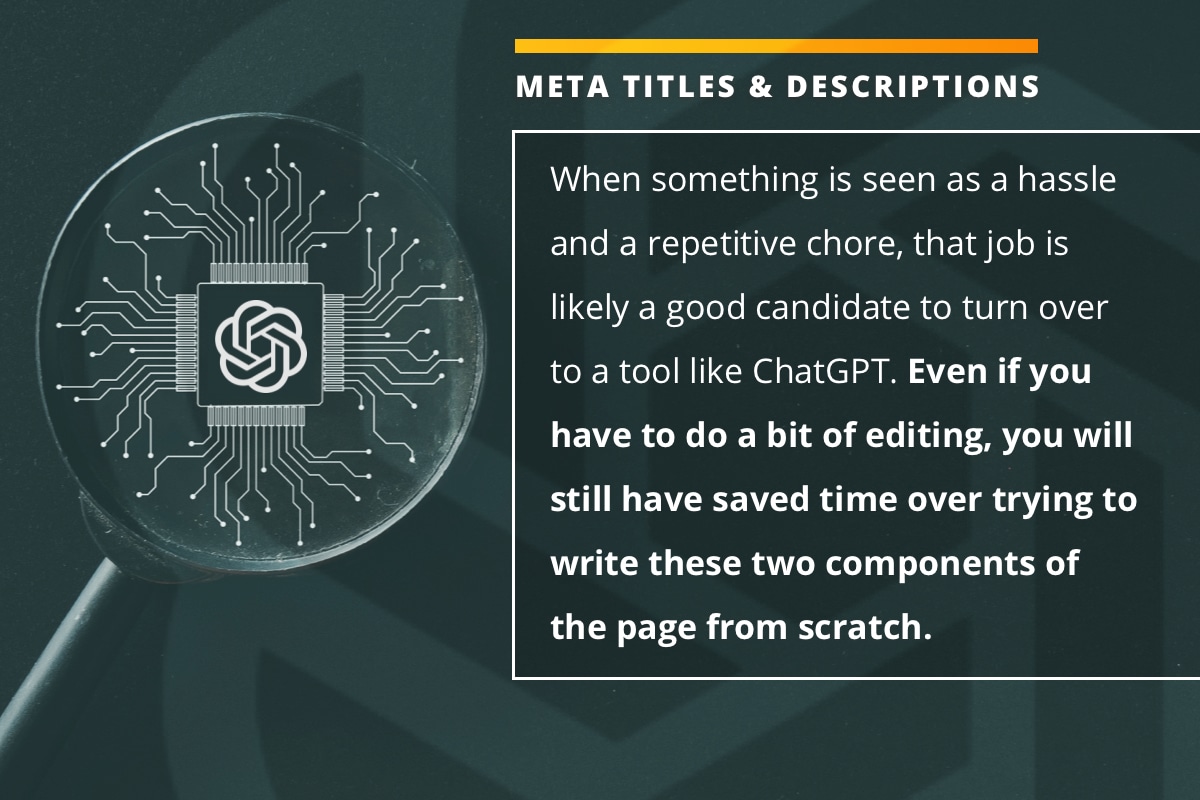
You may also want to consider batching your meta title and description work on ChatGPT so you can knock it all out at once. For instance, if you have ten pages of new content that are moving through your pipeline and will be published soon, add a step to the production process where someone takes the content to ChatGPT and gets the meta titles and descriptions needed to move toward the finish line.
A Potential Breakthrough
ChatGPT alone is not going to make your digital marketing team perform at a standout level. There are many other skills, talents, and tools required beyond leveraging AI, but it is important to get the most out of this emerging technology if you want to carve out a meaningful space in the market. We hope the five tips featured above are helpful and we wish you the best of luck with all of your AI adventures!
Most Popular Articles

Seeing Favicons in Your Google Search Results? Here’s Why…
Have you noticed anything different in your Google Search results lately? Google added tiny favicon icons to its organic search results in January. It was…

Business Growth and Digital Marketing News & Tips 11-17-24
Are you encouraging and rewarding innovation? Lee Cockerell is the former Executive Vice President of Operations at Walt Disney World. A lover of traditional red…

Business Growth and Digital Marketing News & Tips 11-27-24
A culture of gratitude "Feeling gratitude and not expressing it is like wrapping a present and not giving it." – William Arthur Ward Beyond being…

